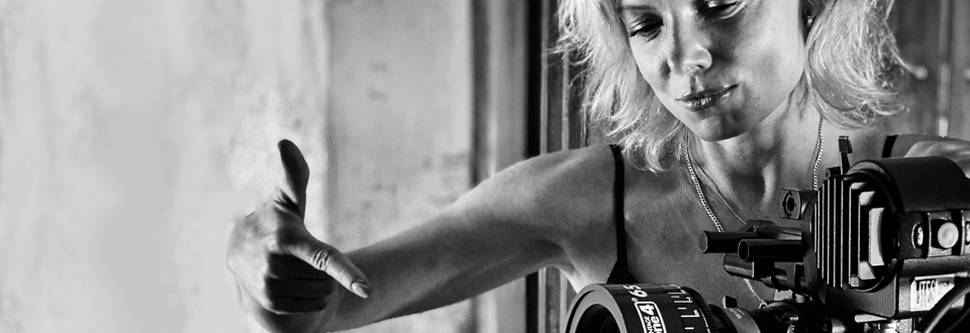
DP MAGDALENA GORKA OPTS FOR LARGE FORMAT AND HIGH SPEED
Magdalena Gorka’s impeccable background includes training at the renowned Polish National Film School and apprenticeships on the crews of Polish masters like Janusz Kaminski, Pavel Edelman and Piotr Sobocinski, Sr. Now based in Los Angeles, she has fashioned a career shooting high-end international commercials and stylish features, often with an emphasis on action.
For her most recent assignment, Season 2 of the Netflix series Into the Night, Gorka chose to work with VantageOne4 lenses and Arri Alexa Mini LF cameras. The large format spherical One4s worked in tandem with the LF’s OpenGate capability in ARRIRAW format, satisfying Netflix’s 4K origination requirement and rendering a 2:1 frame.
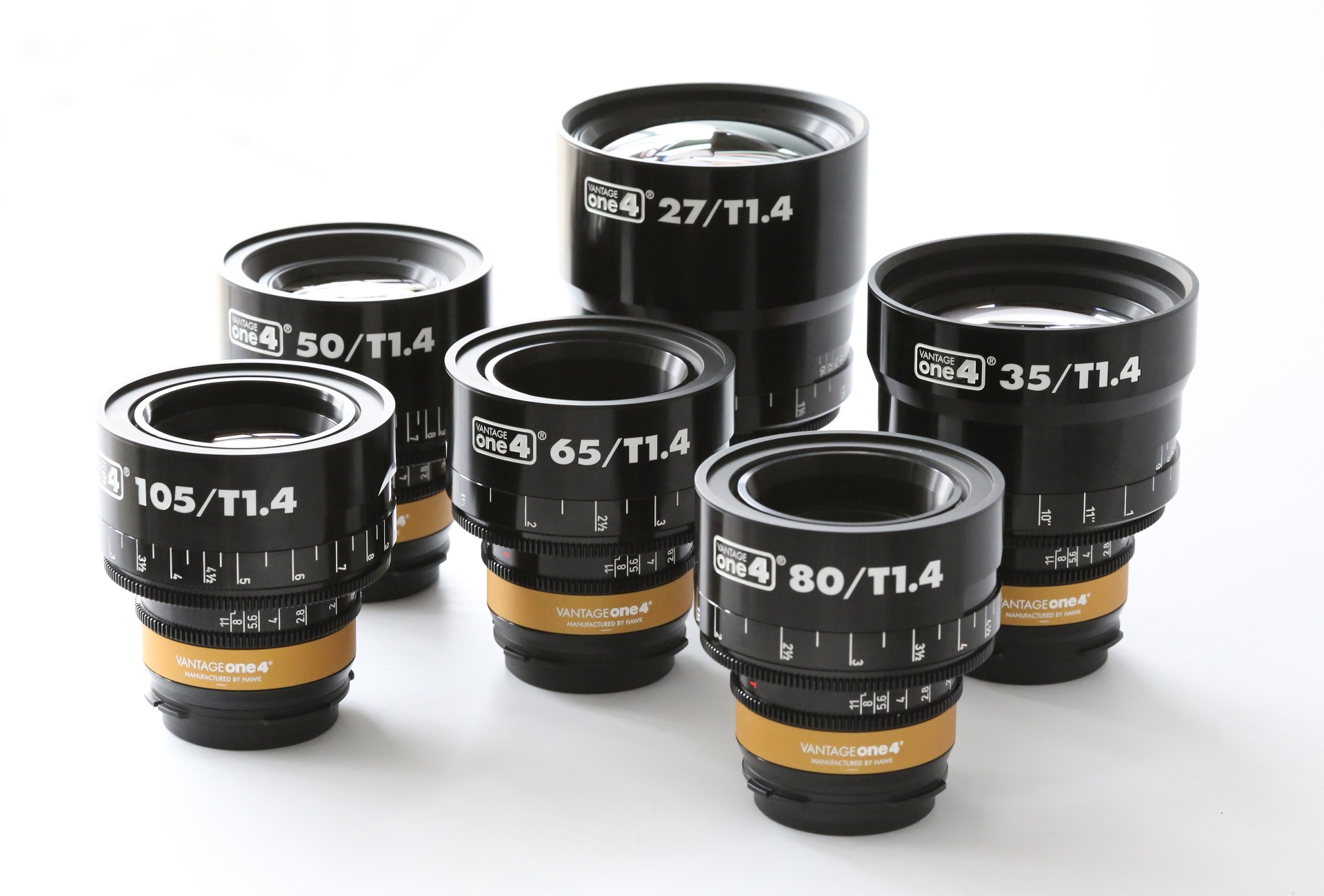
Billed as an apocalyptic sci-fi thriller, Into the Night involves a redeye flight full of passengers who have survived a deadly global catastrophe that results from exposure to sunlight. The thrown-together group must cooperate to keep the sun behind them. Season 2 consists of six 45-minute episodes.
Directors of photography in general relish a premise that puts light – and darkness – at the heart of the tale. Season 2 came with a long list of physical and logistical challenges, including weeks of night exterior shoots in remote northern European locations, not to mention the additional layer of complications due to Covid precautions. Only one week was done in the original plane set from Season 1. A significant chunk of Season 2 unfolds in an underground bunker where the group takes temporary shelter.
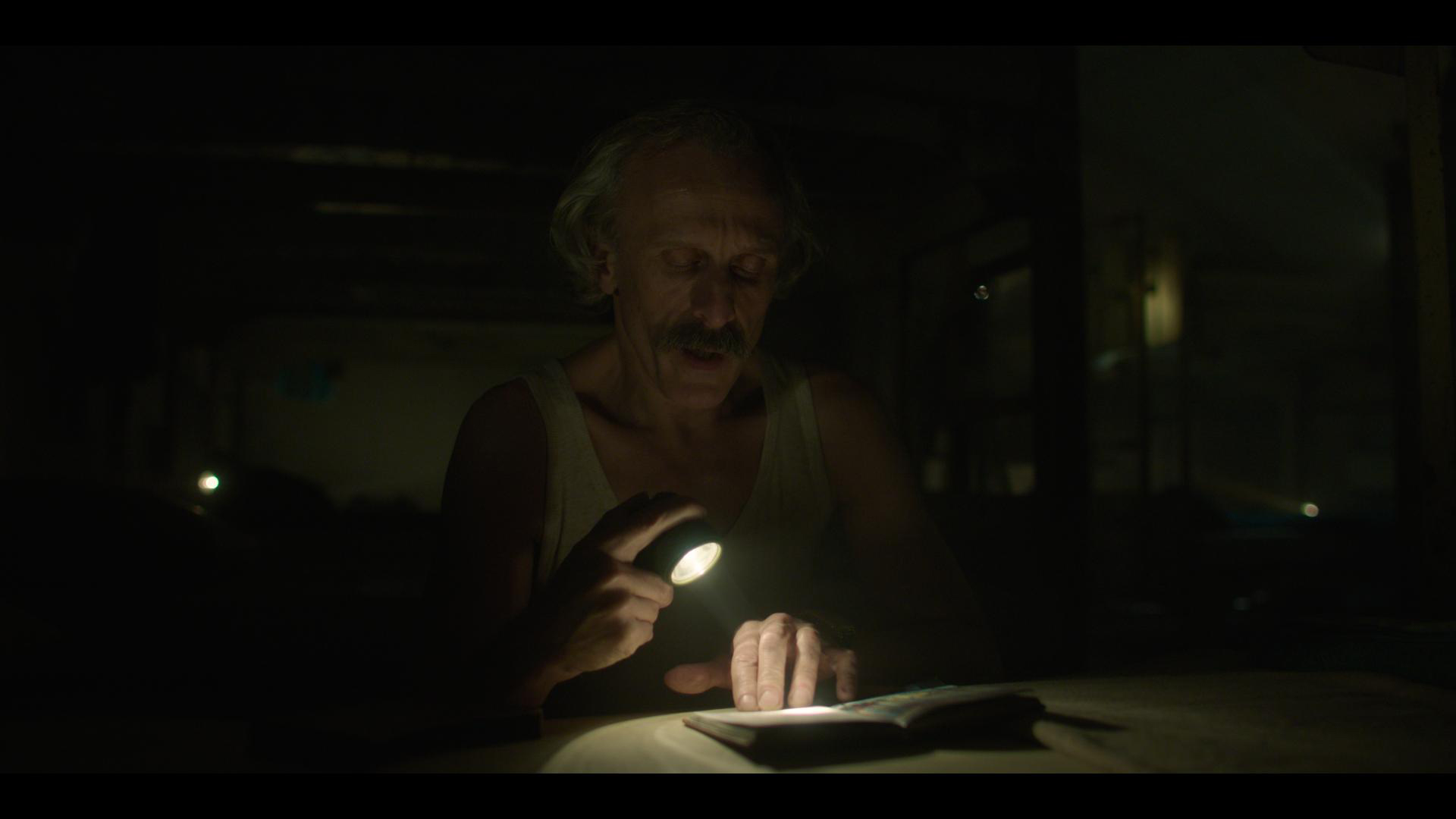
“It’s basically an action movie, with a fun storyline and a great cast and crew,” says Gorka. “We have helicopters, car chases and explosions. When it came to choosing lenses, I knew that we would be spending four weeks in near-total darkness. I tested several camera-lens combinations, and on certain cameras at very high ISO sometimes the image was a little bit noisy, requiring some post work. When we shot on Alexa at 800 ISO with the very fast VantageOne4s, it looked perfect. I didn’t even need to push to 1200. I’m shooting in very dark spaces at stop 2.0 and everything looks fantastic. We’re doing car chases with just streetlights. Other lenses I tested felt industrial. They just didn’t have that magical quality.”
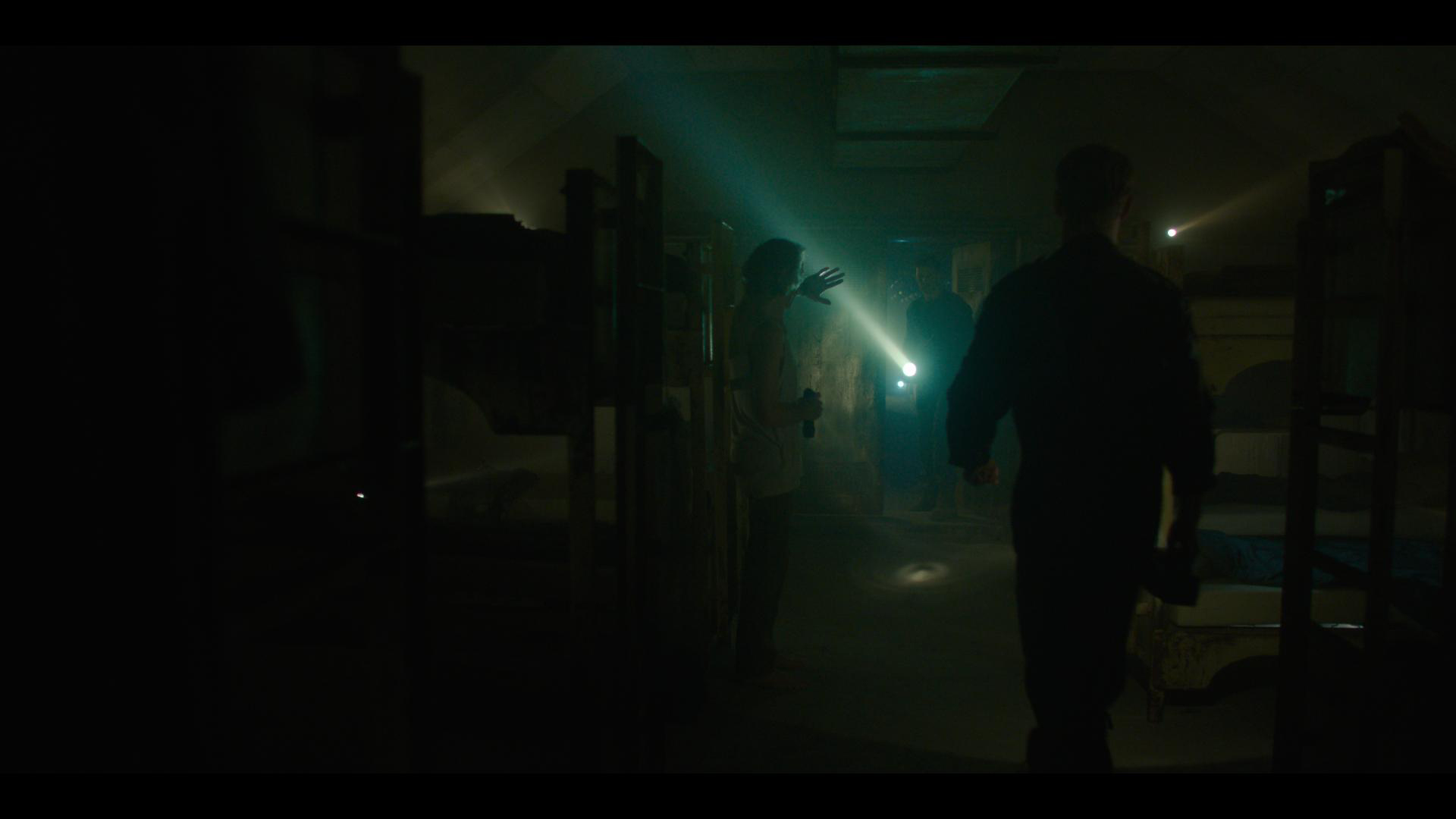
The VantageOne4 line of spherical lenses offers an array of creative options in a single set. Each lens produces unique optical traits depending on the stop. Unlike lenses that adapt existing elements to fill larger sensors without improving resolution, VantageOne4s have been designed for the purpose from the ground up, thus delivering full optical power to bigger sensors. A standard set includes 22, 27, 35, 50, 65, 80 and 105 mm focal lengths.
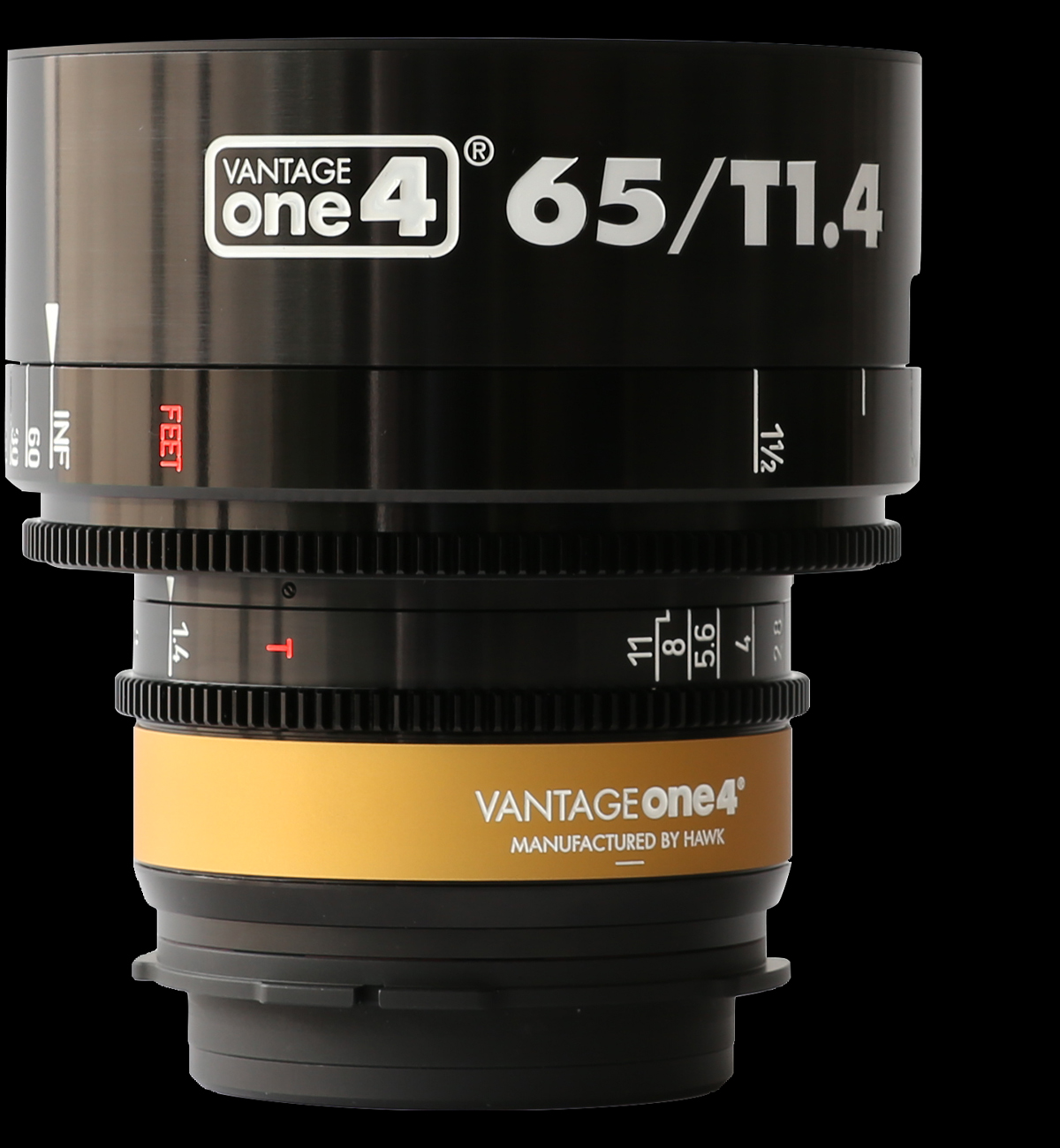 “During tests, I looked at Super 35mm format spherical lenses in the bunker set, and the space was so small that everything looked fake,” says Gorka. “The actor was often standing at most two feet from the wall, so everything was flat. When I switched to the large format lenses, everything started looking more cinematic. I was just blown away – how it falls off, and the shallow depth of focus, which allowed me to separate the actors from the wall. Suddenly it felt like they were floating in space.”
“During tests, I looked at Super 35mm format spherical lenses in the bunker set, and the space was so small that everything looked fake,” says Gorka. “The actor was often standing at most two feet from the wall, so everything was flat. When I switched to the large format lenses, everything started looking more cinematic. I was just blown away – how it falls off, and the shallow depth of focus, which allowed me to separate the actors from the wall. Suddenly it felt like they were floating in space.”
Gorka made extensive use of the 35 mm focal length. “But my favorite lens on the whole series became the 65 mm,” she says. “I asked Hawk to make a second 65 mm for me so I could shoot cross-coverage. I would never do this in a movie, but on this particular set, it was possible and very helpful for the actors, especially in very emotional scenes. We shot a love scene on the 65 mm and it looked so beautiful. I had a very fun phone call with the showrunner, and we both decided that it looked like something from Casablanca! For some reason, that lens captured the emotions so well.”
VantageOne4s also offer tremendous close focus – minimum close focus on the 65 mm is 15 inches. “It’s crazy,” says Gorka. “I have three lenses in the set that I can use to start with an actor’s eye filling the frame, and then pull back to the full figure, sensing the whole room, without diopters. This lens opens up the possibilities for psychological shots, when you need to present someone as conflicted or thinking intently.
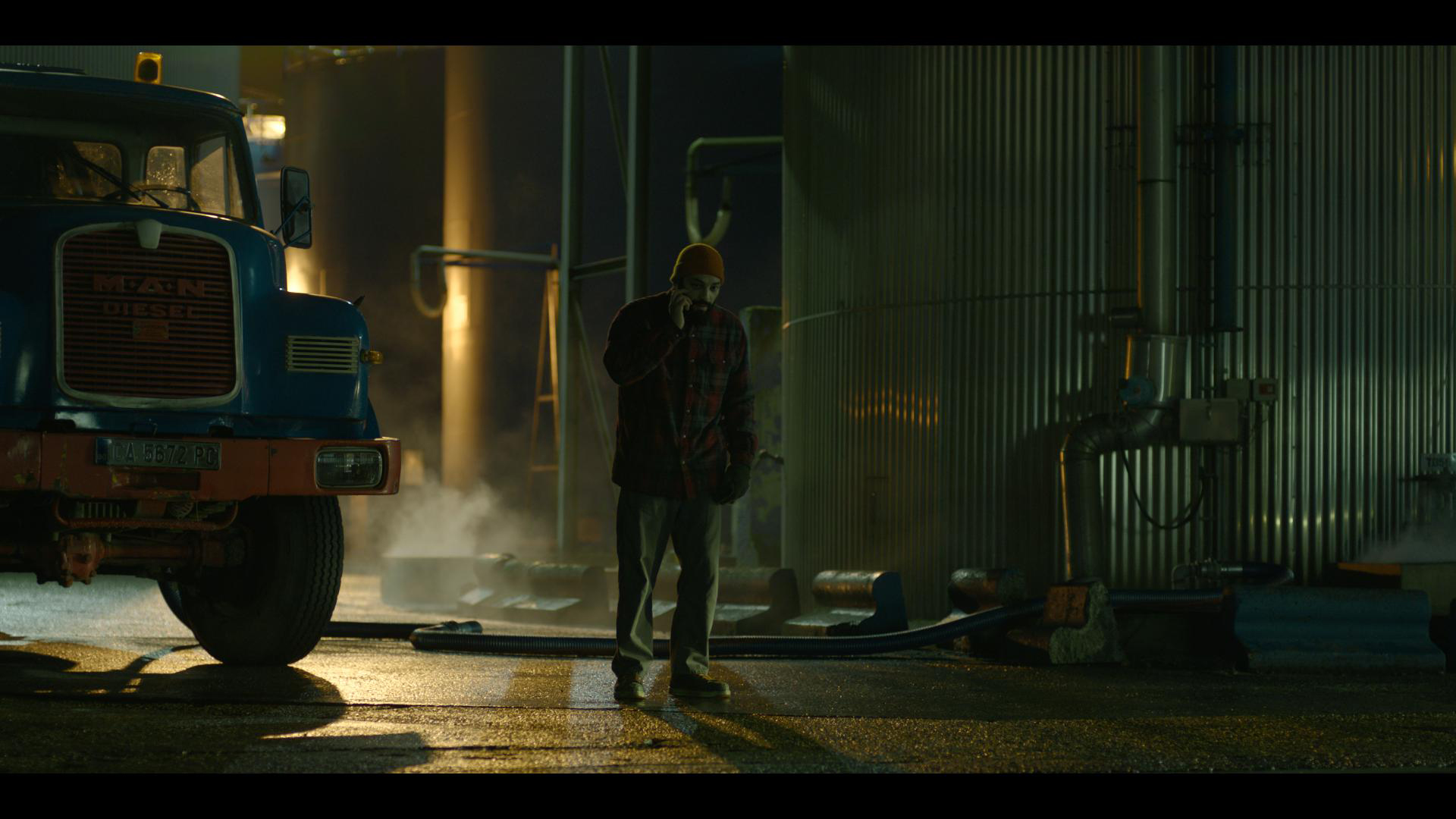
“The glass is so beautiful – I call it a suede quality,” she says. “Almost the entire show is on stop T2, because the softness and creaminess is just ultimate at this stop. If we had shot anamorphic, we might be handicapped because of the stop, and because of the physical size of the lenses. I’m using a Black Satin filter to glow the highlights, because we have practicals in almost every shot. The bokeh is perfect, with beautiful circular flares that spread on the lens like a sun. Once you get used to it, you begin to love it. The One4s have the quality of anamorphic in a spherical lens, and yet they can see more than your eyes can see at night.
“To me, these lenses are the height of engineering, giving cinematographers more options as we work to create interesting shots,” says Gorka.
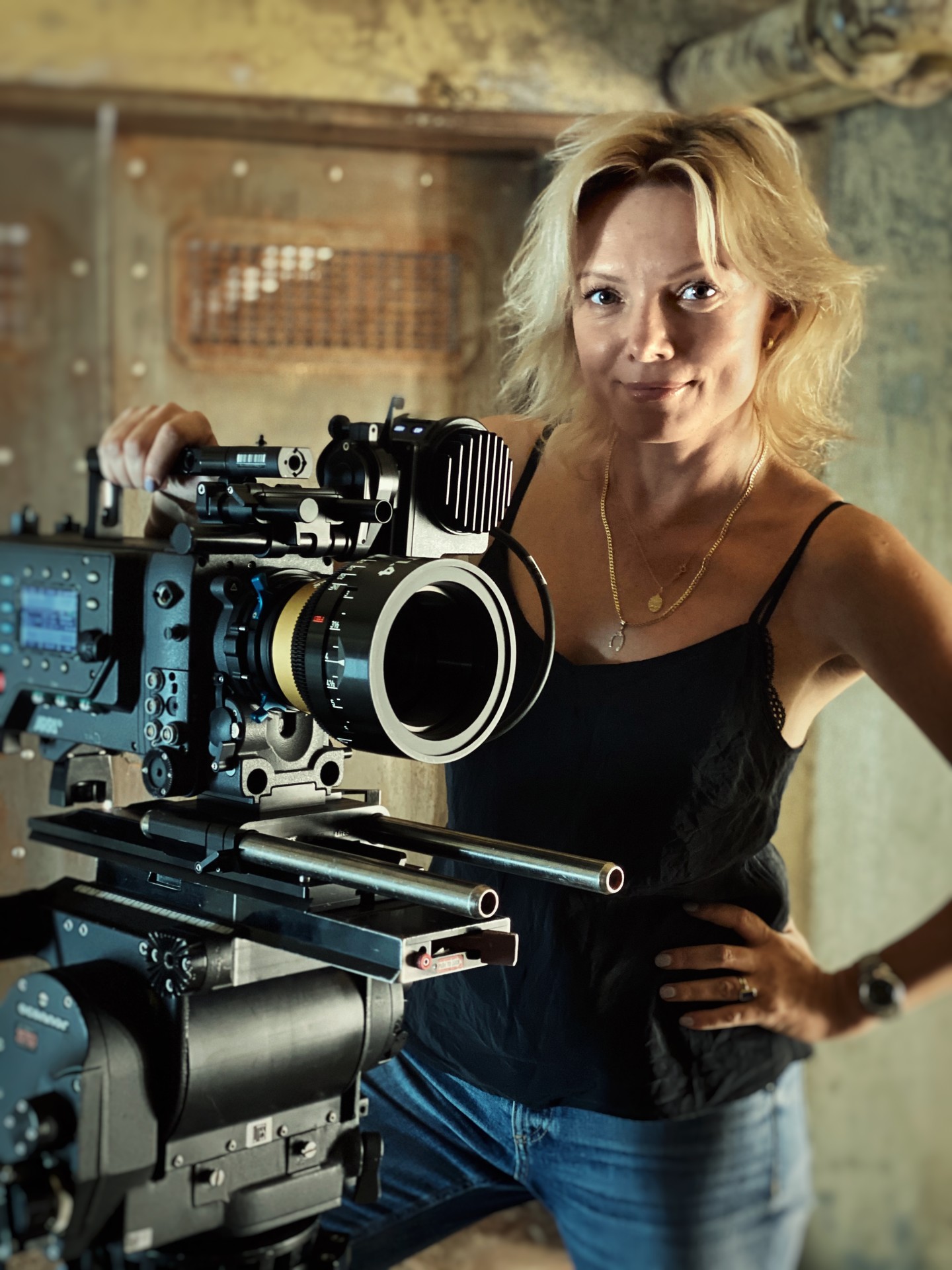
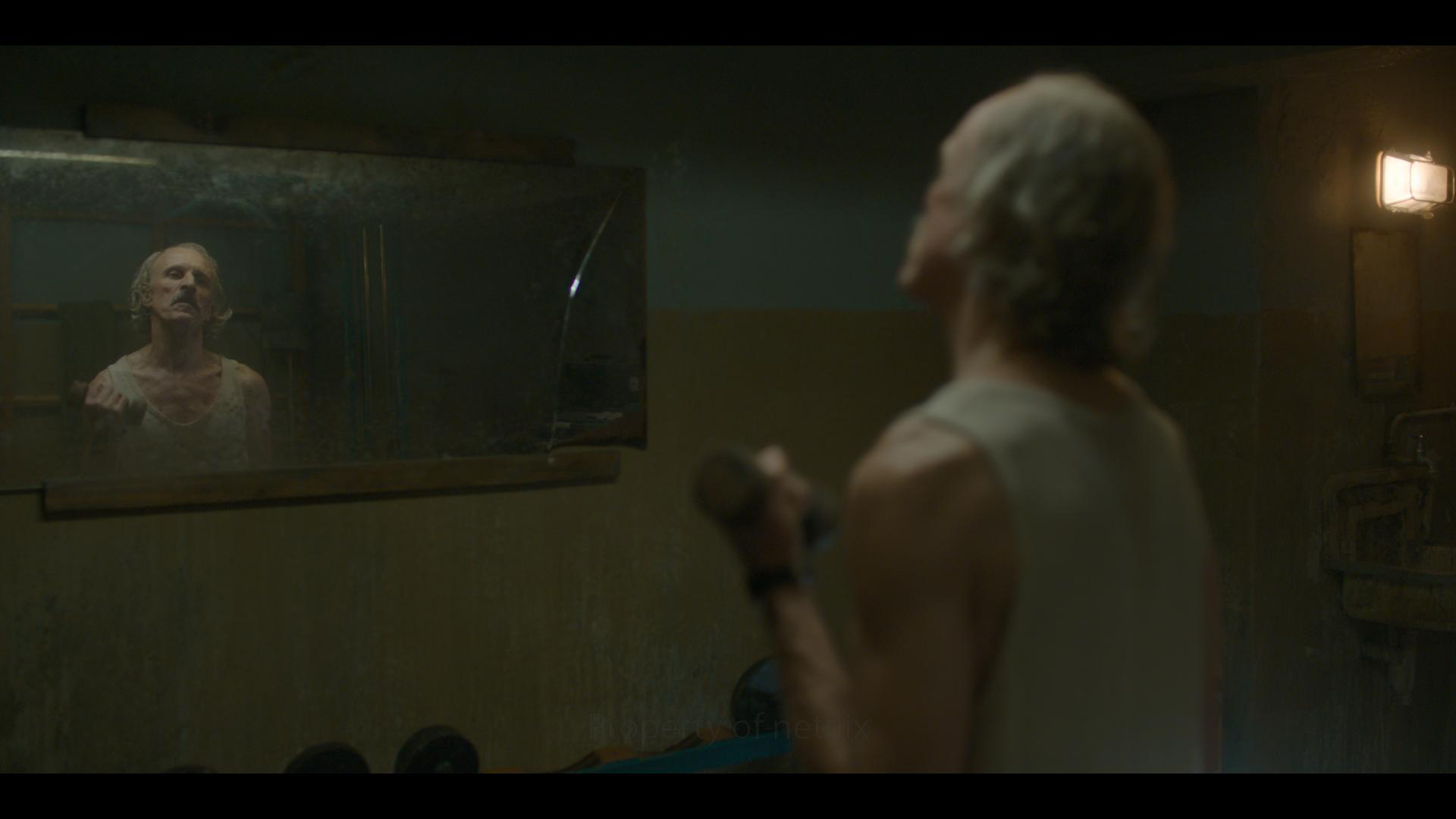
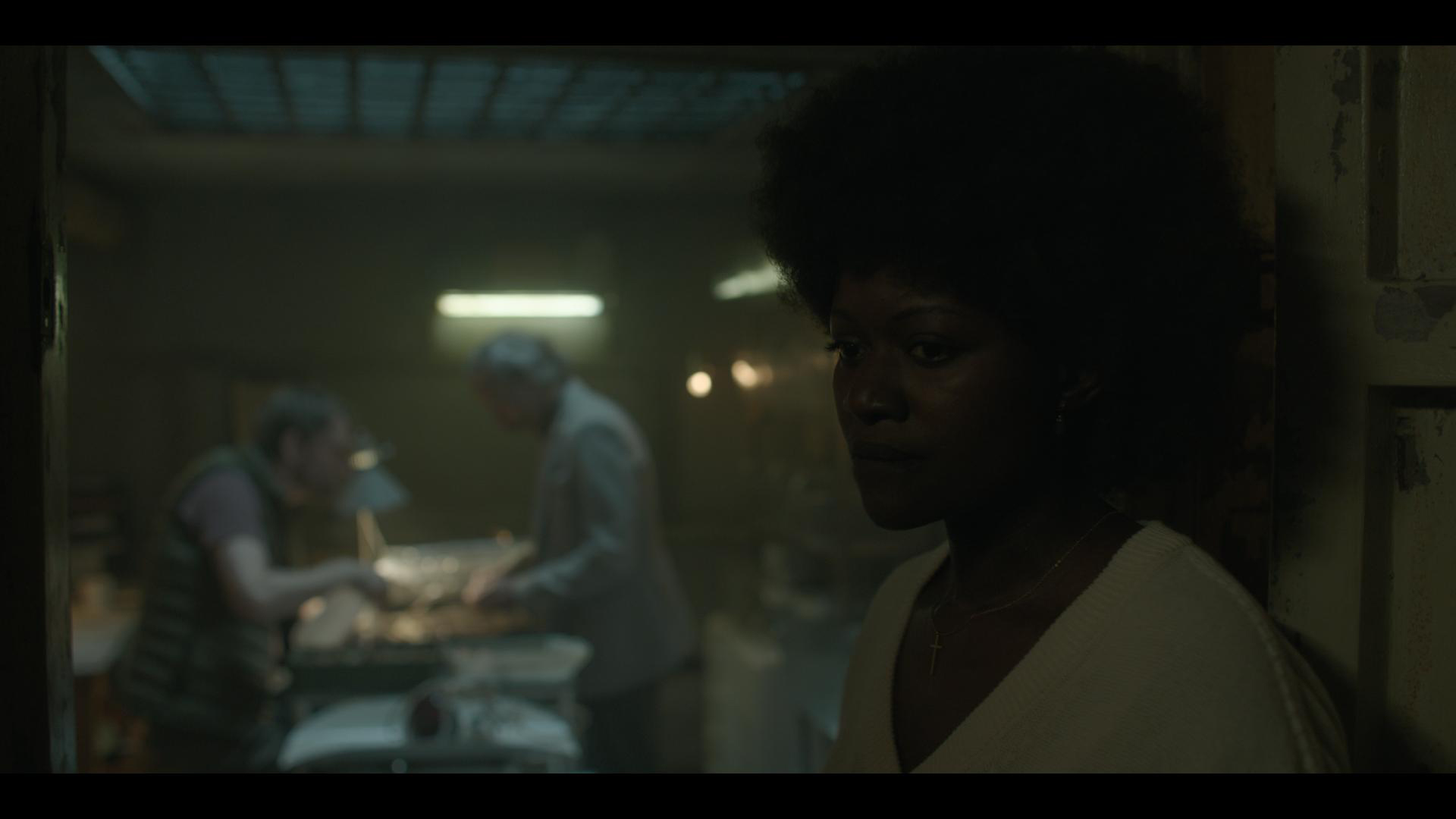
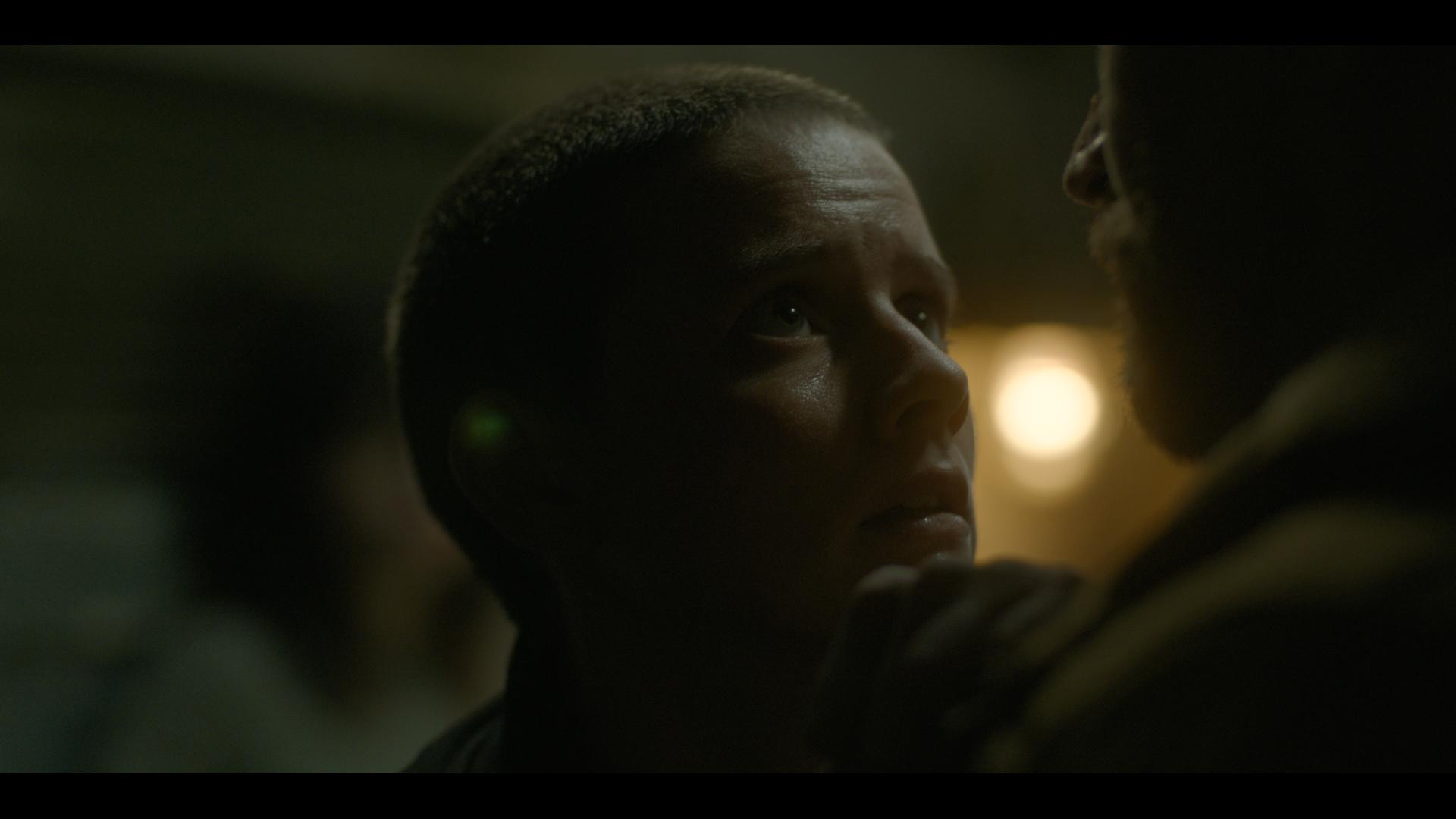
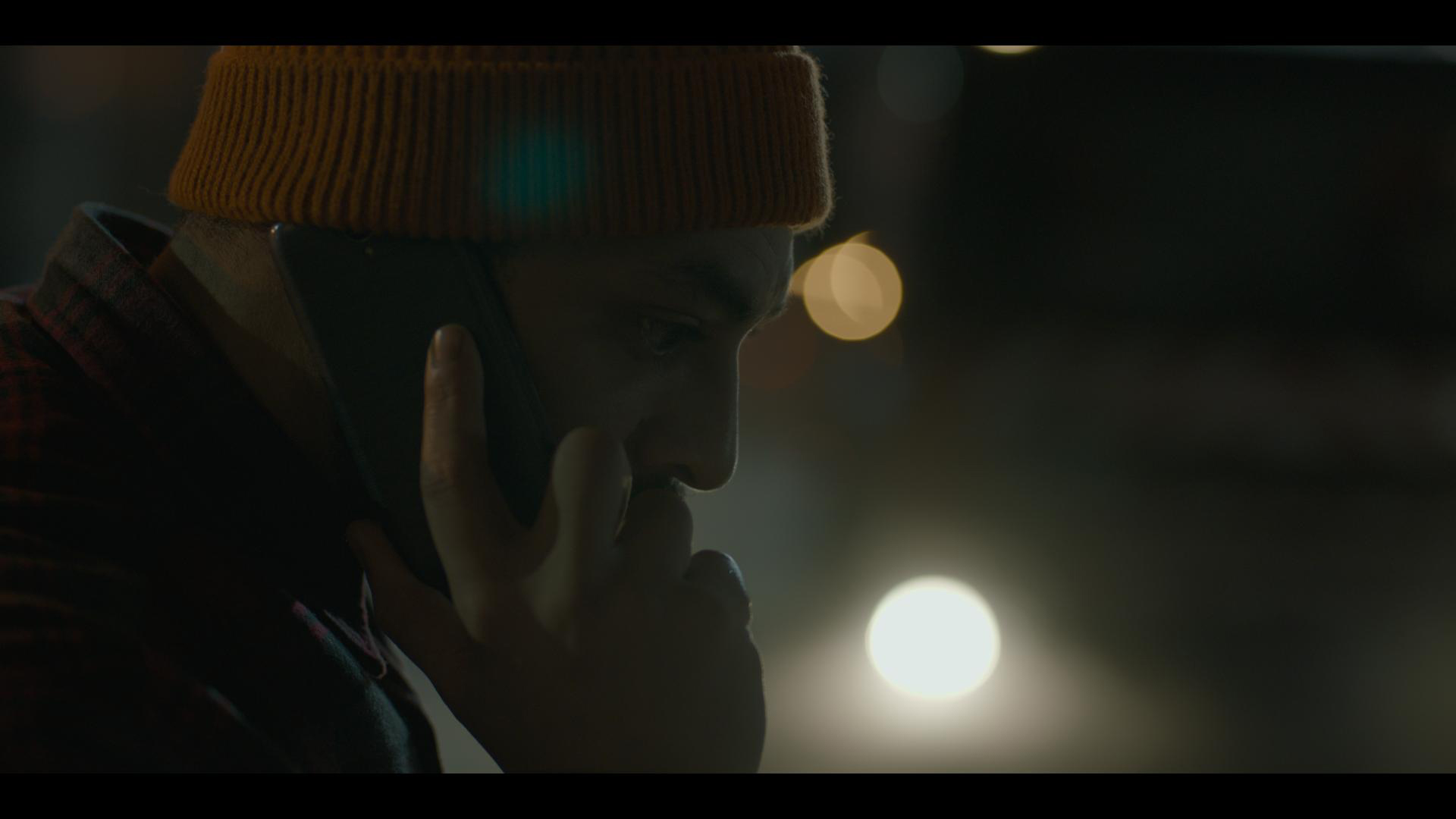 images: Vantage/netflix/Gorka/Ruben Appeltants
images: Vantage/netflix/Gorka/Ruben Appeltants